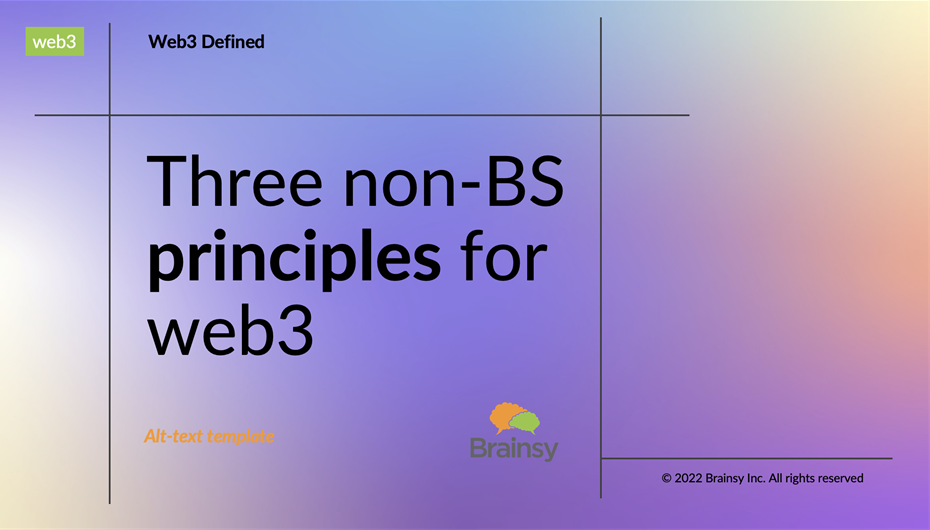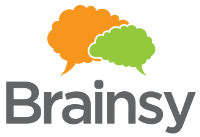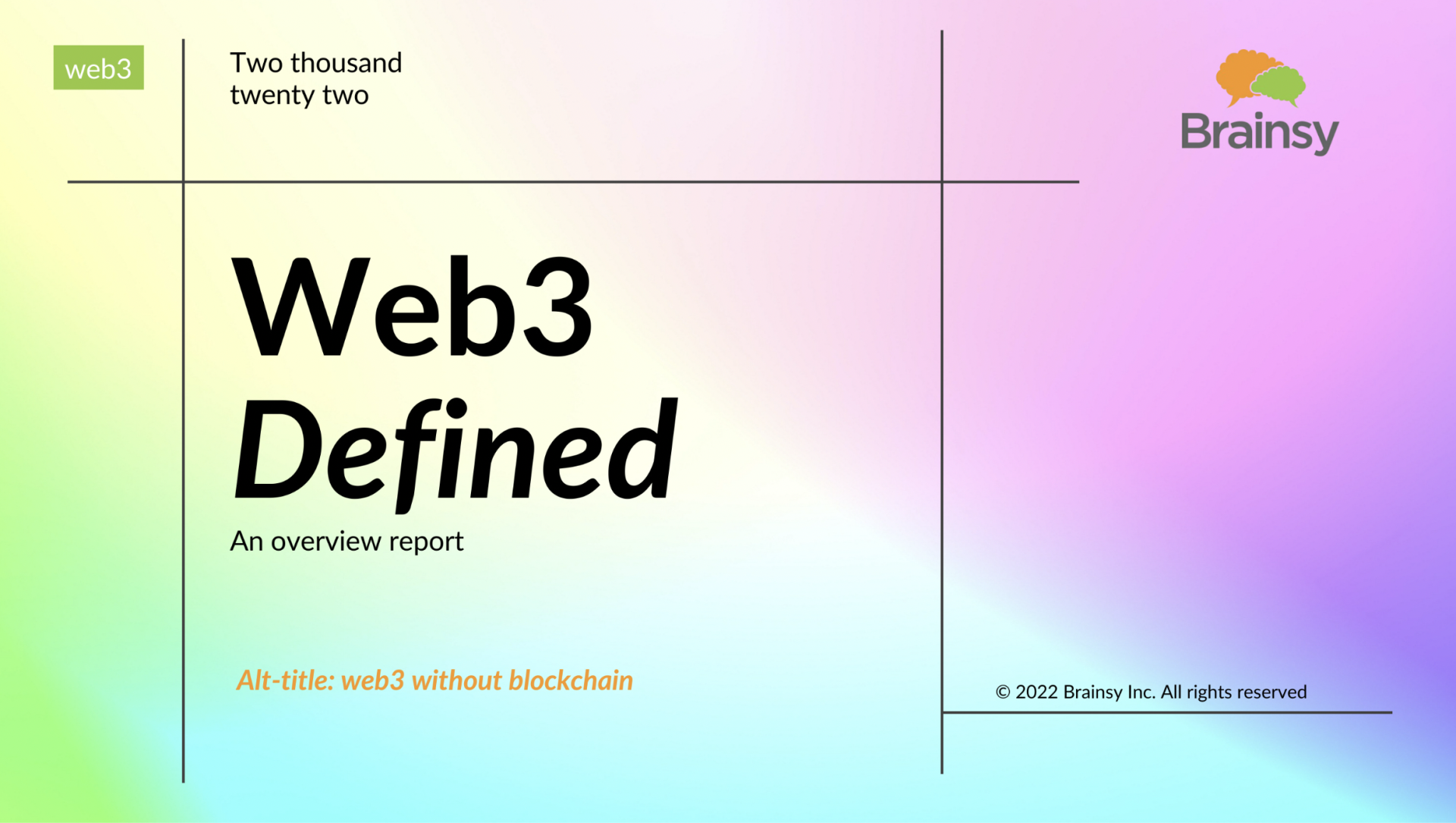Introducing the 2022 web3 defined report
by Brian Christie, Peter Williams (Brainsy, Inc.)
Last month, venture capital firm Andreessen Horowitz (a16z) released its inaugural "State of Crypto" report, a 56-page deck that attempts to define web3 (it really doesn’t) and offer talking points for developments in related areas.
When it came out, much of the crypto punditry and sycophantic tech press lauded their report. We commented that it seemed to offer a lot of self-referential BS on why the world should agree with their definition of Web3 -- and by extension, give them more money to manage. Shortly thereafter, they announced launch of a new $4.5 billion crypto fund.
Under the traditional “2 and 20” VC business model, this new fund could give a16z up $90 million per year to pay staff, identify deals, lobby government, and pump out slick-looking decks about the wonderful (and speculative) world of crypto-based web3.
But it’s a lot of misdirection. If there’s any broader movement behind web3, it has nothing to do with the various technologies that a16z lists in the report. Instead, it’s about pursuing principles and innovations that create an equitable web and that bypass the BigTech gatekeepers, not government regulators.
Brainsy is working with numerous stakeholders to create online communities that compensate the creator class and that create new pathways to ownership for value-providers who live outside the clubby and insular world of traditional venture capital.
We’d like to offer a simple definition for web3 as follows:
“Web3 is an equitable version of the web built on the pursuit of three core principles including: direct rewards for participants, democratic governance, and shared ownership in an initiative or enterprise.”
The discussion about web3 is an important one and it’s not only about the future direction of the tech industry and tech investments but also about how we organize ourselves more broadly in society.
The A16z 56-page report is here: https://a16zcrypto.com/wp-content/uploads/2022/05/state-of-crypto-2022_a16z-crypto.pdf
The more concise, 54-page alternative Brainsy report, is here: https://docsend.com/view/ppne7ybjjb8t3gpz
If you are working to advance web3 along the principles we’ve defined on behalf of a community or enterprise, let us know as we’d be happy to explore collaboration.
Peace out -
The Brainsy Team
Note: We’re not tech haters – to the contrary, we live in tech and love the potential of it. However, we see valuable, but limited, use-cases for some of the technologies referenced in the a16z report – and we don’t believe they match or justify the hype to date.
This is not financial or investment advice. This is not tax advice. This is not legal advice. The contents in here - and available on any associated distribution platforms and any public Brainsy Inc. (Brainsy) online social media accounts, platforms, and sites (collectively, “content distribution outlets”) - should not be construed as or relied upon in any manner as investment, legal, tax, or other advice. For a full list of disclosures, please read our report.
Register for FREE to comment or continue reading this article. Already registered? Login here.
2




Tomasz Tunguz (a VC) says there are four fundamental innovations of web3: permanent ownership, paying customers with “equity,” regulatory arbitrage, and new governance models (DAOs). He's clearly one of the few VCs that "get it,"
Tomasz Tunguz has vision.